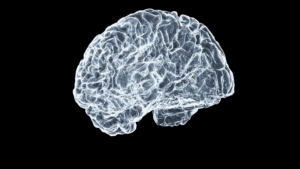New target could minimise transplant risks
German researchers have identified a target to switch off intestinal acute graft-versus-host disease (GVHD), which occurs in about 50% of leukemia patients that have been given a allogeneic hematopoietic cell transplantation (allo-HCT).
Intestinal GVHD, in which donor T cells attack host tissue, is associated with a poor prognosis. A research group headed by Kai Hildner at University Erlangen, Germany, has now unraveled a signal pathway which is indispensable for kicking off the proinflammatory reaction in the foreign donor T cells that migrate to the intestine.
In mice and humans, the researchers proved that upregulation of Th17-defining transcription factor BATF (basic leucine zipper ATF-like transcription factor) in a subpopulation of donor T cells controlled intestinal GVHD. "The BATF protein works like a central switch in the donor T-lymphocytes", explains Hildner. "If the protein is turned on, highly aggressive immune cells can develop that massively increase the inflammatory processes and then, in interaction with other immune cells, cause great harm in the intestine."
Studies in complete MHC-mismatched and minor histocompatibility-mismatched (miHA-mismatched) GVHD mice revealed that turning on BATF-expression in donor T cells was indispensable for intestinal GVHD manifestation. The same phenomenon was observed in human GVHD tissue. Mechanistically, BATF controlled the formation of colon-infiltrating, IL-7 receptor-positive (IL-7R+), granulocyte-macrophage colony-stimulating factor-positive (GM-CSF+), donor T effector memory cells which phenotypically resembled more Th1 than TH17 cells. This T cell subset was sufficient to promote intestinal GVHD, while its occurrence was largely dependent on T cell-intrinsic BATF expression, required IL-7-IL-7 receptor interaction, and was further enhanced by the expression of the proinfammatory cytokine GM-CSF in T donor cells.
From the discovery of this molecular mechanism, the group hopes to be able to develop new therapies for influencing inflammatory bowel inflammation after transplantation in order to further increase patients’ chances of survival after stem cell transplantation. Their results suggest that targeting the IL-7R/BATF/GM-CSF axis was a promising approach to do so.



 Photo from Shawn Day on Unsplash
Photo from Shawn Day on Unsplash 